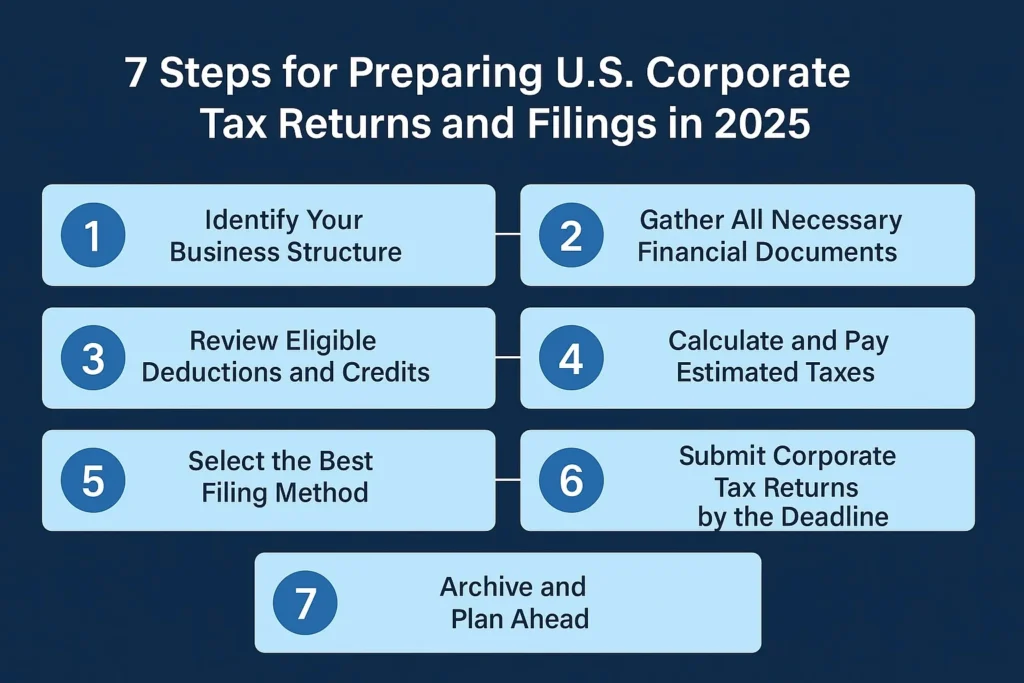In 2025, understanding how to track your tax refund status is crucial for financial planning, especially for small business owners, startups, freelancers, and e-commerce entrepreneurs. Timely refunds can impact cash flow, investment decisions, and overall business operations.
Why Knowing Your Tax Refund Status Matters?
- Cash Flow Management: Timely refunds can aid in managing operational expenses.
- Financial Planning: Predictable refund timelines assist in budgeting and investment strategies.
- Compliance Assurance: Tracking ensures that filings are processed correctly, reducing the risk of penalties.

Tools to Check Your Tax Refund Status
1. IRS “Where’s My Refund?” Tool
The IRS provides an online tool to track your refund status.
- Availability: 24 hours after e-filing or 4 weeks after mailing a paper return.
- Updates: Once daily, typically overnight.
- Information Needed: Social Security Number (SSN) or Individual Taxpayer Identification Number (ITIN), filing status, and exact refund amount.
2. IRS2Go Mobile App
The official IRS mobile application offers functionalities similar to those of the online tool, allowing you to check your refund status on the go.
Understanding Refund Status Messages
- Return Received: The IRS has received your tax return and is processing it.
- Refund Approved: Your refund has been approved and is being prepared for issuance.
- Refund Sent: The refund has been sent to your bank or mailed as a check.
Typical Refund Timelines
- E-Filed Returns: Refunds are typically issued within 21 days.
- Paper Returns: Processing may take up to 6 weeks.
- Direct Deposit: Faster receipt compared to mailed checks.
Factors That May Delay Your Refund
- Errors on the Tax Return: Mistakes can slow down processing.
- Incomplete Information: Missing details may require additional verification.
- Identity Theft or Fraud Concerns: Suspicious activity can lead to delays.
- Claiming Certain Credits: Refunds involving Earned Income Tax Credit (EITC) or Additional Child Tax Credit (ACTC) may be delayed due to additional verification processes.
Tips to Ensure a Smooth Refund Process
- File Electronically: E-filing reduces errors and speeds up processing.
- Opt for Direct Deposit: Ensures quicker receipt of funds.
- Double-Check Information: Ensure all details are accurate before submission.
- Use Professional Tax Services: Engaging CFO services can help in accurate filing and compliance.

Conclusion
Staying informed about your tax refund status is essential for effective financial management in 2025. Utilizing available tools and services can help ensure timely refunds, aiding in the smooth operation of your business.
Frequently Asked Questions
1. How can I check my tax refund status?
Use the IRS “Where’s My Refund?” tool online or the IRS2Go mobile app, providing your SSN or ITIN, filing status, and exact refund amount.
2. When should I expect my refund after e-filing?
Typically, within 21 days, provided there are no issues with your return.
3. What if my refund is delayed?
Delays can occur due to errors, incomplete information, or additional verification needs. Use the IRS tools to check status and await further instructions.
4. Does choosing direct deposit speed up my refund?
Yes, direct deposit is faster and more secure than receiving a paper check.
5. Can professional tax services help with my refund?
Yes, engaging CFO services can ensure accurate filing, compliance, and efficient refund processing.










